A circuit breaker is a safety device that is used to protect an electrical circuit from damage caused by overload or short circuits. Circuit breakers are designed to automatically open and close a circuit to prevent the flow of current from exceeding a safe level.
Overload occurs when too much current flows through the circuit, which can cause damage to the wires and other components within the circuit. Short circuits occur when there is a direct connection between the positive and negative sides of the circuit, which can also cause damage.
Circuit breakers are an important part of any electrical system, as they provide a safe way to protect against potential damage caused by overload or short circuits. If you have any questions about circuit breakers, or if you need to purchase one for your home or business, please contact a qualified electrician.
How does a circuit breaker work?
When an overload or short circuit occurs, the circuit breaker trips and breaks the circuit, preventing further damage.
- THERMAL-MAGNETICCIRCUIT:
Thermal-magnetic and electronic circuit breakers use different methods to detect an overcurrent and trip the breaker. Thermal-magnetic circuit breakers use a combination of heat and magnetic flux to detect an overcurrent and trip the breaker.
- ELECTRONIC CIRCUIT:
An electronic circuit breaker uses a semiconductor device to detect an overcurrent and trip the breaker. The advantage of this type of circuit breaker is that it can respond very quickly to an overcurrent, and it can be reset manually.
Circuit breakers are an important part of the electrical system in any home or office. They are designed to protect circuits from damage caused by overloads or short circuits. If you have ever had a circuit breaker trip, you know that it can be a frustrating experience. But, it is better to have a circuit breaker trip than to have your electrical system suffer damage from an overload or short circuit.
How do you know if you need to replace your circuit breaker?
If your circuit breaker trips frequently or if it is showing signs of wear and tear, then it is probably time to replace it. A circuit breaker that trips frequently may be indicating that there is an overloaded circuit or a short circuit. If you notice any burning smell coming from the breaker, this is also a sign that it needs to be replaced immediately.
Worn and frayed wires are another sign that your circuit breaker needs replacing. If you see any exposed wires or damage to the insulation around the wires, this means that the breaker is not able to properly protect the circuit anymore.
Finally, if your breaker is more than 20 years old, it is probably time for a replacement regardless of its current condition. Circuit breakers do not last forever and over time they will start to degrade, even if they have not been used frequently.
If you are unsure of whether or not your circuit breaker needs to be replaced, it is always best to consult with a professional electrician. They will be able to assess the condition of your breaker and give you the best advice on what to do next.
How much will it cost to replace your circuit breaker and how long will it take?
Replacing a circuit breaker is not a difficult task, but the cost will vary depending on the type of breaker and the complexity of the job. A simple breaker replacement can range from $10 to $50, while a more complex job could cost up to $200. The time it takes to replace a circuit breaker will also vary depending on the complexity of the job, but most replacements can be completed within a few hours.
If you are not comfortable replacing your circuit breaker, you can always hire an electrician to do the job for you. However, this will likely increase the cost of replacement. Overall, replacing a circuit breaker is not a costly or time-consuming task, so there is no need to worry if your breaker needs to be replaced.
Frequently Asked Questions:
What is a circuit breaker in simple words?
A circuit breaker is an important safety device in electrical circuits. It "breaks" the circuit, or interrupts the flow of electricity, when there is a sudden surge of electrical current. This prevents the current from becoming strong enough to cause damage or start a fire. Circuit breakers are usually located in the main panel box, which is where your home's electrical wiring comes together.
How does a circuit breaker work?
Inside every circuit breaker, there is a switch that can be opened and closed. When the switch is open, it breaks the circuit and no electricity can flow through. When the switch is closed, electricity can flow freely through the circuit.
The switch inside a circuit breaker is controlled by an electromagnet. When electricity flows through the electromagnet, it creates a magnetic field that closes the switch and allows electricity to flow through the circuit. If there is too much current flowing through the electromagnet, the magnetic field becomes too strong and forces the switch to open. This breaks the circuit and stops the flow of electricity.
Why do circuit breakers trip?
Circuit breakers trip, or turn off, when they sense that there is too much electrical current flowing through the circuit. This can happen for several reasons:
There might be a short circuit, which is a direct connection between the live wire and the ground wire. This can happen if the live wire comes in contact with something that conducts electricity, like water or metal.
There might be an overload, which happens when too much electrical current is flowing through the wires. This can happen if you plug in too many devices or if one of the devices uses more electricity than usual.
The circuit breaker might be old and worn out, and not able to handle the amount of current flowing through it.
What do I do if my circuit breaker trips?
If your circuit breaker trips, it's important to find out why before resetting it. If you reset the breaker without fixing the problem, it will probably trip again. And each time it trips, it causes wear and tears on the breaker, which can eventually lead to a fire.
If you think there might be a short circuit or an overload, unplug all of the devices on the circuit and then reset the breaker. If the breaker trips again as soon as you turn it on, there is a problem with the circuit that needs to be fixed by an electrician.
If you're not sure what caused the breaker to trip, try resetting it a few times. If it keeps tripping, turn off all of the devices on the circuit and call an electrician. They'll be able to figure out what's causing the problem and fix it so that you don't have to worry about your circuit breaker tripping again.
Conclusion:
In conclusion, a circuit breaker is a device that is designed to protect an electrical circuit from damage caused by overload or short circuits. Circuit breakers can be either manually operated or automatically operated, and they are an essential part of any electrical system. If you have any questions about how circuit breakers work, or if you need to purchase a new one, be sure to consult with a qualified electrician. Thanks for reading!

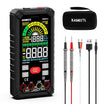
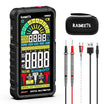
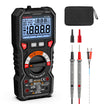
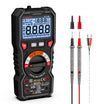

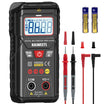
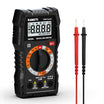
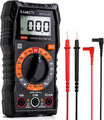
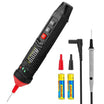
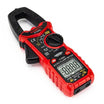
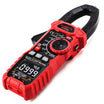
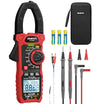
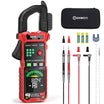

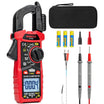

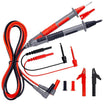
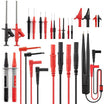


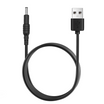
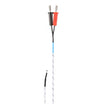
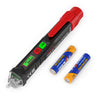
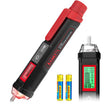


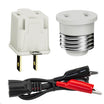
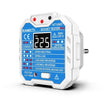
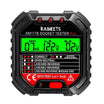
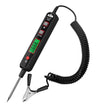
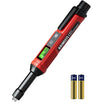

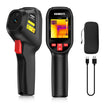
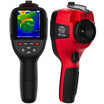
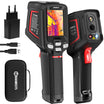
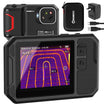
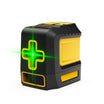
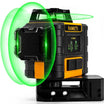




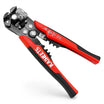

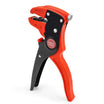
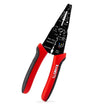

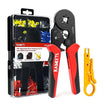



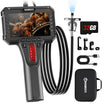
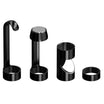
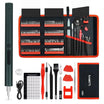
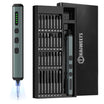


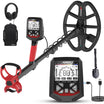
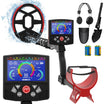
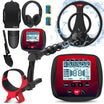

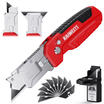



Leave a comment
All comments are moderated before being published.
This site is protected by hCaptcha and the hCaptcha Privacy Policy and Terms of Service apply.